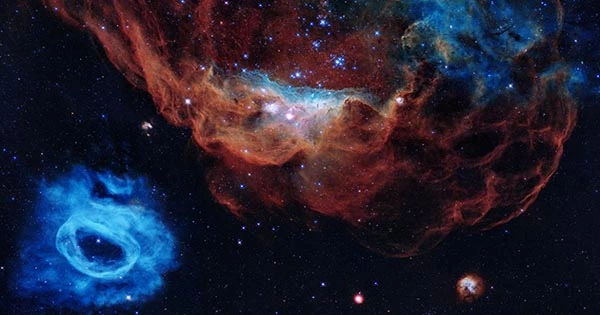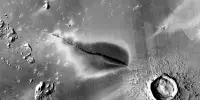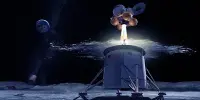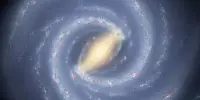The supermassive black hole at the center of the Perseus cluster’s unsettling sounds was recently reported by NASA. It has now made available the sonification of the JWST’s initial scientific targets, which were published earlier this summer. You’ve seen them, and now you can hear them, with the Carina Nebula, the Southern Ring Nebula, and the light signature of exoplanet WASP-96 b.
Sonification is a component of NASA’s Universe of Learning program that was developed by researchers, musicians, and people who are blind or visually impaired to improve the experience of low-vision individuals with these astronomy images and data. In order to create a more engaging and inclusive experience, real data is combined with audio approaches.
According to Christine Malec, a supporter of this initiative who is blind or has low vision, “when I first heard a sonification, it touched me in a visceral, emotional way that I think sighted individuals experience when they look up at the night sky.”
“This is how I’m feeling the image or data in the main, so I want to comprehend every aspect of sound and every instrument choice,” the speaker said.
According to the preliminary findings of this experiment, sonification also helps those who are sighted. A musician and physics professor at the University of Toronto, Matt Russo, claimed that music “taps into our emotional regions.” Our intention is to use music to assist listeners form their own mental representations in order to interpret Webb’s data and imagery.
The tracks are not recordings of space-based noises; instead, the team transforms the data into sound by creating music that mimics the characteristics shown in the photos, such as stars and gas clouds that shine at different wavelengths.
When a water vapor emission line is marked in the spectra of WASP-96 b, for instance, a sound of a falling water drop can be heard.
“These compositions offer a distinct perspective on the rich details in Webb’s initial data. Sonification translates visual images by encoding information like color, brightness, star locations, or water absorption signatures as sounds, much like how written descriptions are particular translations of visual images, according to Quyen Hart, a senior education and outreach scientist at the Space Telescope Science Institute in Baltimore, Maryland.















